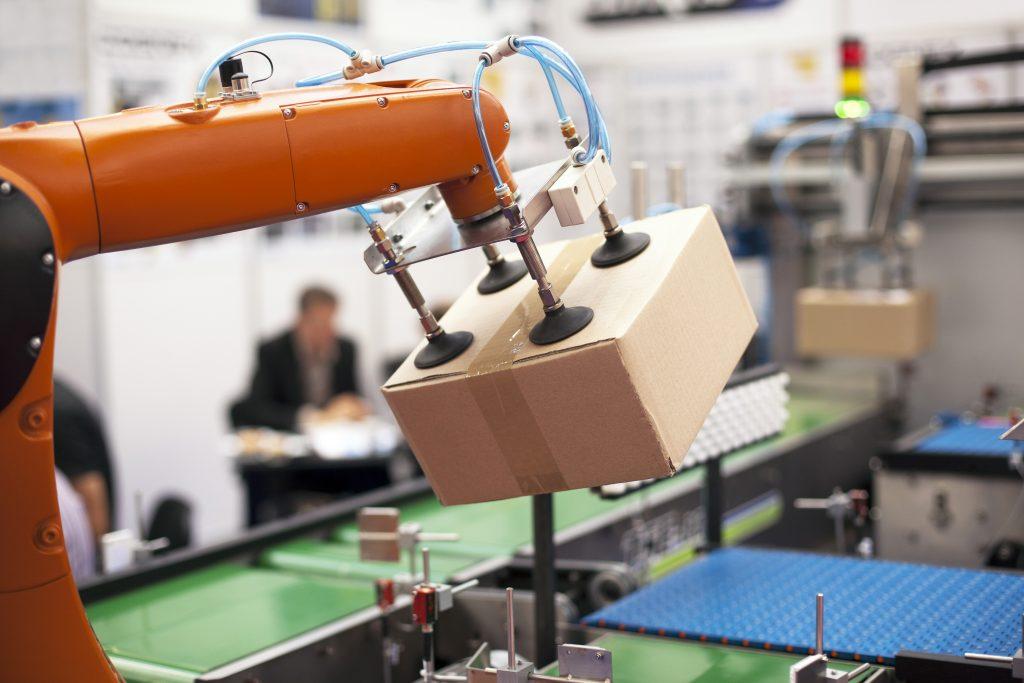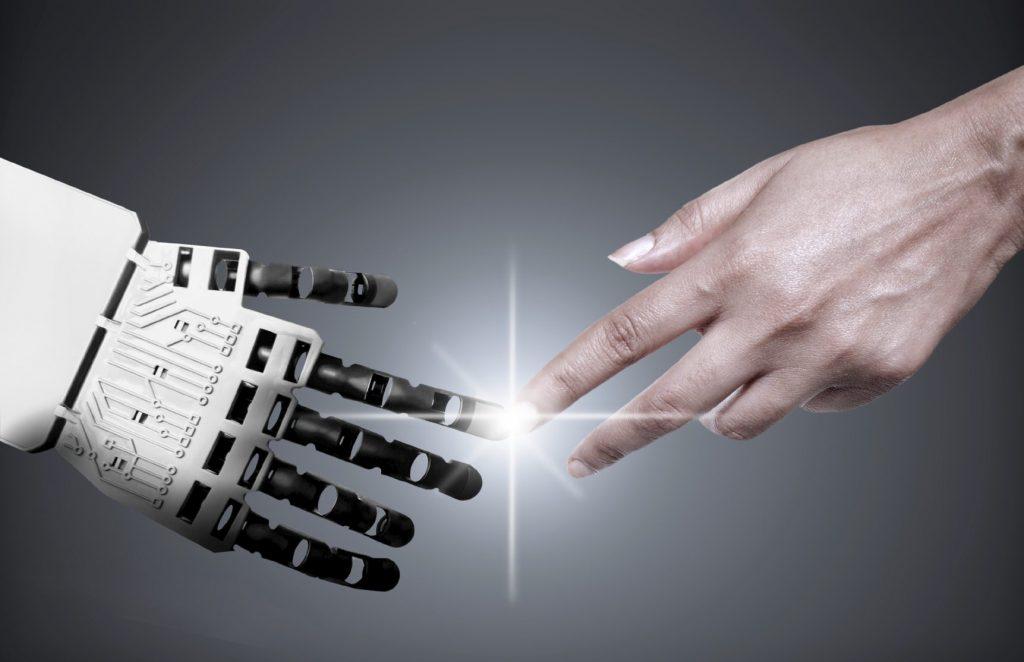Robots and AI sound like futuristic devices and machines that you would find in science fiction films. But many of these kinds of technologies are already here, working in the supply chain today. Many can be programmed to perform tasks with little to no human intervention. They vary wildly in size, function, mobility, artificial intelligence capabilities and cost.

Robots can bring significant value to the supply chain as they improve the speed and accuracy of operations, add efficiency as they work alongside humans and reduce the risk to human life by working in dangerous environments. Companies can stand to save on long-term costs, improve worker productivity, reduce error rates and optimise their picking, sorting and storing of stock thanks to robotic integration into the supply chain.
The Rise of Automation
As customer expectations grow every year, thanks to the rise in e-commerce and speedy deliveries, businesses must work harder to satisfy customers in a world where convenience is critical in their consumer decisions. With the growth of online ordering over the last decade, the need for automation of order fulfilment has hit new heights.
Amazon has been leading the way with innovative technology, including robots that work within Amazon warehouses to fulfil their substantial amount of orders every day. In fact, Amazon itself has raised the bar for other businesses, creating something known as the “Amazon effect”. Amazon has raised customer expectations so high in terms of delivery turnaround, that other companies have had to change their own business operations to compete. Some businesses have had forced closures due to the Amazon giant, whereas others have had to tackle the problem creatively to compete for customer loyalty.
In 2014, Amazon rolled out robots into its warehouses and even went on to buy out the robotics company that supplied the machines, renaming it to Amazon Robotics. Roomba-like robots scuttle about the floor of Amazon warehouses and load stock onto their backs, which they then carry to human workers for packing and shipping. Amazon claims it takes the pressure off human workers, cutting down their walking time, making them less tired and able to work more efficiently.
Warehouse Integration
The very nature of warehouses and their applications make them ideally suited to automation and robotics. Robotics can be used in the supply chain for storage purposes, including all kinds of cranes and automated storage and retrieval systems that allow for quicker and safer access to goods than using human workers for these tasks.
Combined with AI and IoT, robotics within warehouses have become more and more effective. The use of automated guided vehicles (AGVs) can transport inventory around a warehouse, often following magnetic strips that have been laid down to map out their routes. However, this technology is advancing even further. Amazon’s robots can wirelessly detect tech that workers are wearing on their bodies which lets them know where they are. The robots then know to avoid heading towards them, so they’re not at risk of colliding into a human worker.
As technology develops, it will become even more useful and attuned to the warehouse environment, making robots invaluable within the supply chain.
Humans and Robot Cooperation
Some people don’t like the idea of robots in warehouses, as they believe they will push human workers out of their jobs. However, many businesses already utilising this kind of technology into their supply chains have found some of the advantages to be the potential for integration and cooperation between human and robot workers, both working in tandem towards a common goal.
With robots taking over more dangerous and hazardous tasks, like lifting heavy stock that could physically damage human workers, it frees people up to concentrate on more intricate tasks that robots are not currently up to the task of completing. Amazon’s robotics chief technologist believes that robots help people work smarter and that this can be achieved with collaborative robots that work together with human workers.

Are Businesses Prepared for the Future?
The uptake of robotics in the supply chain is slow, with big players like Amazon leading the way. It’s unlikely that SMEs will be able to turn their supply chains into a fully automated, robotic workforce overnight, but all businesses should be aware of this shift towards AI and robotics and be prepared to start thinking about how they will go about integrating these systems into their business practices in the future.
There are significant savings to be made from automating the supply chain, but the initial investment will be quite costly, and it may be many years before you see a return on investment. But the overwhelming benefits of lower rates of human error, increased safety within the warehouse environment, increased customer satisfaction and the chance to showcase your brand as innovative and cutting edge means that it could be well worth the investment.
At GSM Barcoding, we provide barcode systems, stock and asset software, custom labels and print solutions as well as expert technical support. Take, for instance, our Sage 50 stock management, which allows you to track and manage your warehouse stock in real-time, giving you more accurate data and improving supply chain efficiency. Contact us today for more information.


















